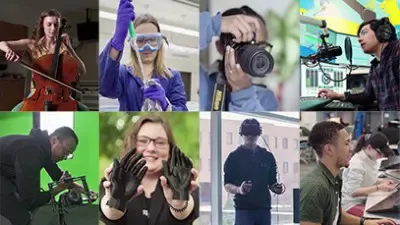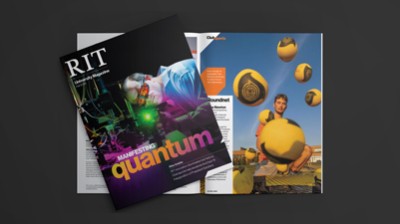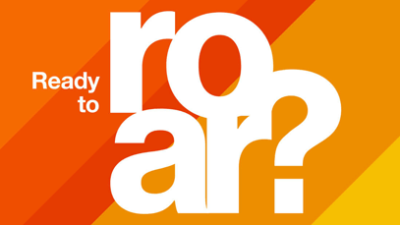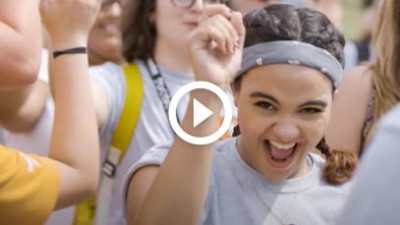Imaging Science Seminar: Designing NASA’s next generation mission architecture for 3-D imaging of the Earth’s Surface, Topography and Vegetation (STV)

Imaging Science Seminar
Designing NASA’s next generation mission architecture for 3-D imaging of the Earth’s Surface, Topography and Vegetation (STV)
Dr. Mark Stephen
Product development lead, Advanced Technology Laser Altimeter System (ATLAS) Laser
NASA Goddard Space Flight Center
Register for Zoom Here
Abstract:
Earth’s geologic surface, ice and water cover and overlying vegetation change due to a variety of processes. NASA’s Surface Topography and Vegetation (STV) observable addresses several science and applications needs and asks the overarching question: How does Earth’s changing surface structure inform us about climate change, natural hazards, ecosystem habitats, and water availability? Making detailed 3-dimensional global maps of bare Earth topography, overlying vegetation, ice and water is key to understanding processes related to the solid Earth, vegetation structure, the cryosphere, hydrology, coastal geomorphology, and applications. Lidar, stereo-imaging, and radar can each contribute unique and complementary measurements for separating bare Earth topography from vegetation structure. Lidar measurements are excellent at determining a digital surface model and finding ground returns but can be sparse. Stereo-imaging measurements cover a broad area and produce an excellent digital surface model, though canopy height can be underestimated as tree crowns narrow below the image pixel size. Radar measurements provide broad area coverage while penetrating clouds. Multi-frequency radar can further penetrate vegetation and, when combined with multi-baseline radar, can provide tomograms of vegetation density profiles. Measurement of surface topography and vegetation and change over time would be best met with a variety of orbital and suborbital assets with the observing characteristics tailored to each technology and science or application need. An STV observing system requires a scalable architecture and smart tasking strategies, standardizing processing workflows and outputs, and fusing data into higher-level products. I will present the process we are using to formulate the STV mission and the design trades under consideration to optimize performance within mission constraints.
Speaker Bio:
Mark Stephen has worked at NASA’s Goddard Space Flight Center since 1991. He does research and development in the Instrument Systems and Technology Division. Mark earned a B.S. in physics from the University of Delaware in 1992 and an M.S. and PhD in applied physics from the University of Maryland Baltimore County in 2002 and 2008, respectively. Mark has worked on several satellite programs including: the Geoscience Laser Altimeter System (GLAS), the Mercury Laser Altimeter (MLA) and the Lunar Orbiter Laser Altimeter (LOLA). He was the product development lead for the Advanced Technology Laser Altimeter System (ATLAS) Laser, which is currently flying aboard ICESat-2. Mark’s research activities include lasers, optical components, laser instruments, diode-pumped solid-state laser systems, laser diode arrays, the use of fiber amplifier technology for gas detection and remote sensing using laser spectroscopy and new laser architectures. He is currently working on multiple space-based instrument technology developments, including integrated photonics, microwave photonics, lidar architectures, large aperture meta-optics, optical beam-steering, origami-based deployable structures and lightweight packaging using latticed networks. Mark has 7 patents and over a hundred publications.
Intended Audience:
All are Welcome!
To request an interpreter, please visit myaccess.rit.edu
Event Snapshot
When and Where
Who
This is an RIT Only Event
Interpreter Requested?
No









